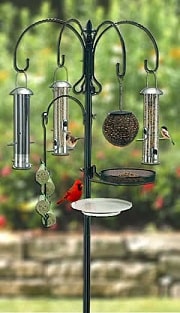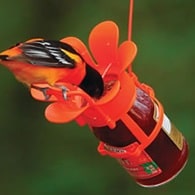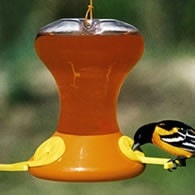Setting Up A Bird Feeding Station To Get More Birds
Creating a bird feeding station in your backyard can be a delightful way to enjoy bird watching all year round.
It's not just about setting up a single feeder; it's about creating a bird-friendly buffet that caters to a variety of feathered friends.
Trust me, the reward is a vibrant, chirping spectacle of diverse bird species right in your backyard.
Instead of a single feeder with one type of seed, consider diversifying.
A mix of feeders at different levels, each filled with different types of food, can attract a wider variety of birds.
First things first, location is key. Choose a spot that offers a clear view for your bird-watching pleasure, and is also convenient for refilling the feeders.
The surrounding area should ideally have trees and shrubs within a 100-foot radius.
This gives the birds a safe retreat in case of predators. However, keep the feeders in open spaces, away from shrubs where cats might lurk.
Birds have their preferred dining spots, which can be categorized into four basic levels: ground level, table-top, hanging, and tree trunk. Some species may overlap between these levels.
Where Birds Feed - Levels
- Ground Level
- Table-Top
- Hanging
- Tree Trunk
Ground Level - Birds like mourning doves, juncos, towhees, quail, pheasants, and sparrows prefer to feed at ground level.
You can create a simple wooden platform slightly raised from the ground or purchase a Ground Feeder.
Remember, seeds on the ground can get wet and pose health risks to birds, so ensure your platform has drainage holes to keep the seeds dry.
Table-Top - This level attracts Cardinals, Chickadees, Titmice, Wrens, Bluejays, and Grosbeaks.
You can use a picnic table, deck railing, or windowsill as a feeding spot. Windowsill feeders or ones that attach to deck railings are great options.
You can also place feeders on posts of varying heights.
Hanging Feeders - Chickadees, finches, nuthatches, and titmice are fans of hanging feeders.
Stretch a rope or small chain between two trees and hang different styles of feeders filled with sunflower and Nyjer seeds.
This setup will bring the birds up close for your viewing pleasure.
Adding a few cylindrical-style hanging feeders to your station will attract chickadees, finches, nuthatches, and titmice.
Tree Trunk - This is the dining spot for woodpeckers like the Hairy and Downy.
Attach suet feeders to the side of a tree. Other birds like Brown Creepers, Chickadees, Titmice, and Jays also frequent tree trunk sites.
Don't forget to add a water source near your feeders. Many birds that might not visit your feeders will be attracted to your birdbath.
In the summer, it provides a refreshing dip, and in the winter, a vital water source.
Consider investing in a birdbath heater to keep the water from freezing in winter.
Remember, many birds are attracted to more than one type of feeder and level.
If you want to attract the greatest variety of birds to your backyard, a bird feeding station is the way to go.
It's not just about feeding our feathered friends; it's about creating a welcoming environment for them to thrive. Happy bird watching!
See Also:
Squirrel Proof Sunflower Feeders
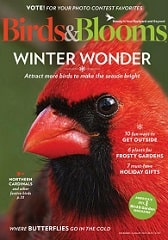
|
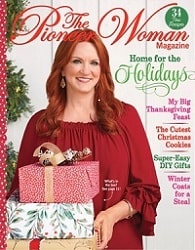
|
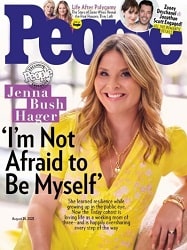
|

|
| Birds and Blooms | Pioneer Woman | People Magazine | First For Women |
